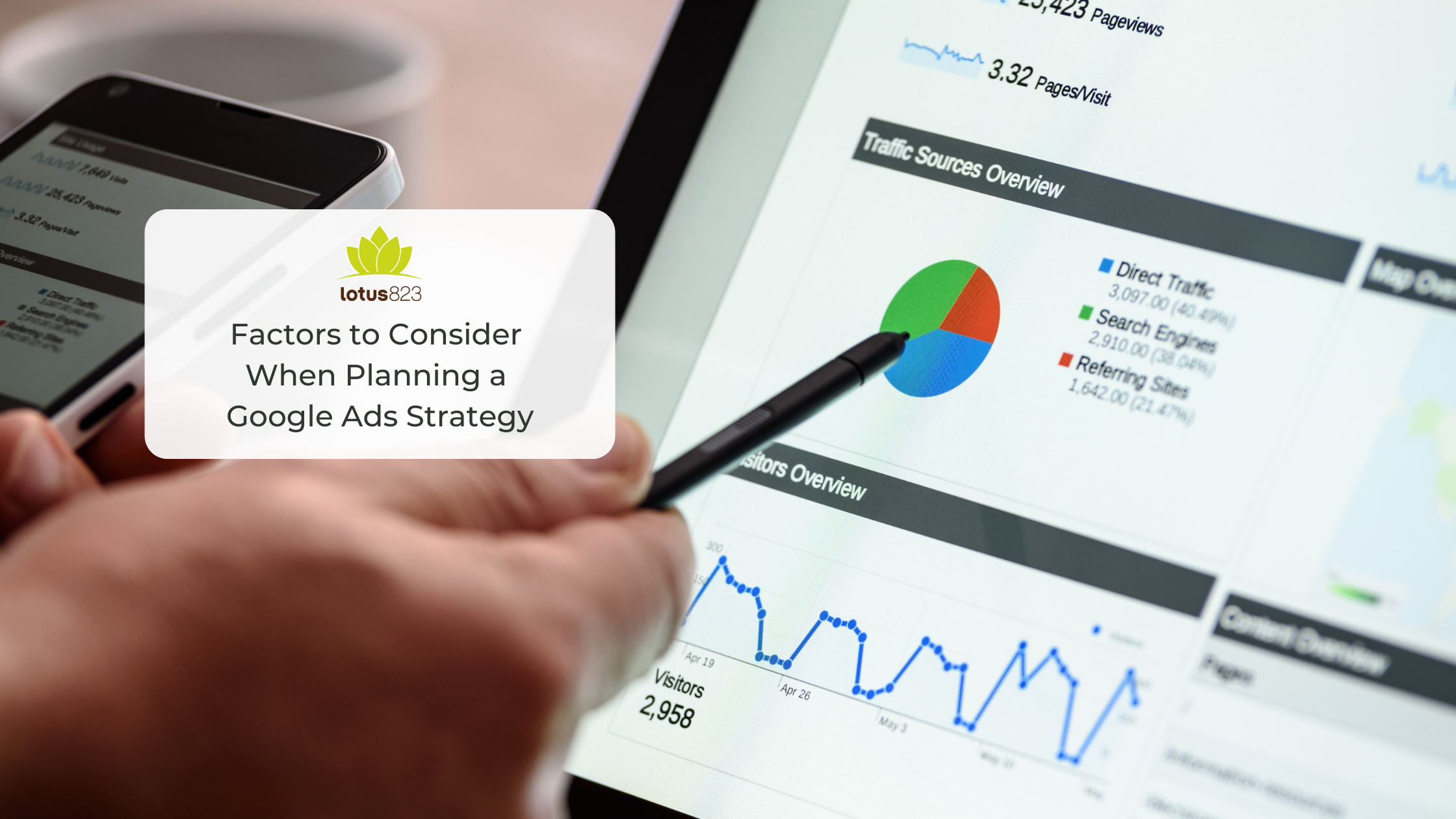
Google Ads has been one of the leading advertising platforms for over two decades and remains trusted by millions of marketers worldwide. Due to Google’s immense reach, various capabilities, and cost-effectiveness, Google Ads is a great option for those who wish to increase leads and reach new customers through cost-per-click ads. Before getting started on a strategy, consider the following factors to ensure your business is making the most informed decisions to benefit the company.
-
Target Audience
The most crucial aspect of advertising is understanding what types of people you are aiming to reach with your ads. Some helpful demographics of your target customers to think about are location, whether you are trying to reach businesses or individuals, and mobile or desktop users. Also, think about what you want your target customers to do when they interact with your advertisements. For example, are you hoping they will contact your business, buy a specific product, or follow your social media accounts? Knowing what type of action you want your customers to take can be implemented into your ad strategy.
-
Budget
Calculate an appropriate budget for your ad campaign before diving in. Remember, you can adjust this at any time. The pay-per-click (PPC) model works by charging a fee only when a user clicks on your ad. A good range when starting out is between $20 to $50 a day. As time continues, you may want to increase your ad spend if great results are coming in. Google Ads also has a Max cost-per-click (CPC) bid, which is the maximum amount you can set and establish that you would be willing to pay for a click. Essentially, the greater the budget you set, the higher traffic you can receive. However, it’s important to know the limits to your budget.
-
Competitors
It’s wise to stay on top of your main competitors’ digital marketing activities. Not only should you check out their advertising strategies, but also observe some strengths and weaknesses of their campaigns. Analyzing your competition can bring in all sorts of new insight for the optimization of your own campaigns. For instance, you might learn that there are platforms which your competitors are not leveraging or that they are using weak keywords and lack strong ad copy.
-
Measuring Results
Google Ads offers countless ways to track the results of a campaign, but how you do this will largely depend upon the goal of your campaign. Before your campaign even begins, you can set up results you would like to track. Some key metrics you will likely want to monitor are return on advertising spend (ROA), click-through rates, conversion rates, and impression shares. If you have a Google Analytics account, you can even link it up to your Google Ads account.
-
Advertising Networks
Determine which of Google’s many mediums your business should display ads on–whether it be Google Shopping, Google Display Network, Google Search, or YouTube. If your budget is larger, you may be able to utilize all these different platforms from the start. Otherwise, for your first campaign you may want to begin with the Google Search Network, but ecommerce businesses may appreciate Google Shopping to secure conversions at a lower cost.
-
Keywords
When determining the most effective keywords to bid on, you should be thinking from the perspective of potential customers when brainstorming the best words or phrases. A common mistake is that many businesses pick keywords that are high volume, which usually is not worth it unless you are a well-established brand already. Keywords with moderate volume that are long tail are probably the better choice for its affordability and chance of generating returns. Figuring out keywords is not an easy task, but luckily, Google Ads provides tools to help learn statistics behind specific keywords and facilitate the selection.
Looking to develop a strategy with Google Ads but not sure where to start? Get in touch with us today and we will help your brand find the best platforms to meet its goals!






